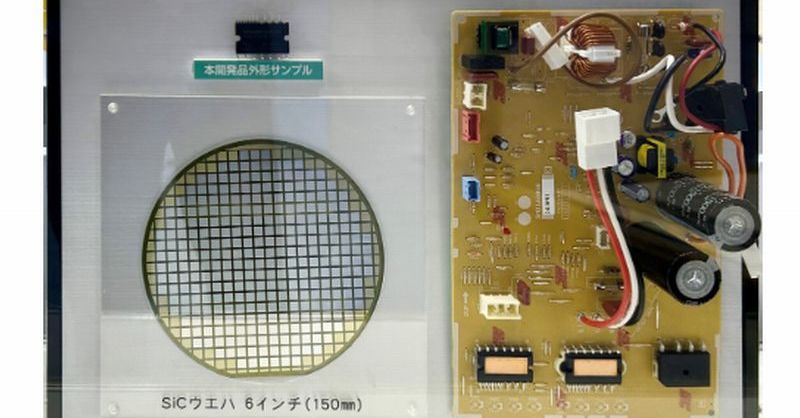Next-Gen IPM: SiC for Energy-Efficient ACs - Revolutionizing Cooling
The global push for energy efficiency is transforming various sectors, and the air conditioning industry is no exception. Traditional air conditioners, while ubiquitous, are notorious energy guzzlers. Enter Silicon Carbide (SiC), a game-changing material poised to revolutionize power electronics and, consequently, the efficiency of AC units. This article dives into the exciting advancements in next-gen Intelligent Power Modules (IPMs) utilizing SiC, paving the way for significantly more energy-efficient air conditioners.
What are Intelligent Power Modules (IPMs)?
IPMs are pre-assembled packages containing all the essential power electronic components needed for a specific application, such as an air conditioner. These modules integrate power semiconductors, gate drivers, and passive components, simplifying design and improving reliability. Traditional IPMs often utilize IGBTs (Insulated Gate Bipolar Transistors), but the integration of SiC MOSFETs (Metal-Oxide-Semiconductor Field-Effect Transistors) represents a significant leap forward.
Why SiC is Transforming IPMs:
SiC offers several key advantages over traditional silicon-based semiconductors in IPMs:
- Higher Switching Frequency: SiC allows for much higher switching frequencies compared to IGBTs. This leads to smaller, lighter, and more efficient designs.
- Lower Switching Losses: Reduced switching losses translate directly into lower energy consumption and less heat generation. This means smaller heatsinks and improved overall efficiency.
- Higher Power Density: SiC devices can handle significantly higher power densities, allowing for smaller and more compact IPMs. This is crucial for space-constrained applications.
- Improved Reliability: SiC MOSFETs exhibit greater robustness and higher temperature tolerance, leading to enhanced reliability and a longer lifespan.
- Reduced Overall System Cost (long-term): While the initial cost of SiC IPMs might be higher, the long-term energy savings and reduced maintenance outweigh the initial investment.
SiC IPMs in Air Conditioners: A Greener Future
The incorporation of SiC IPMs in air conditioners promises a significant reduction in energy consumption. By improving the efficiency of the compressor and other power-intensive components, these next-gen ACs can contribute substantially to lower energy bills and a smaller carbon footprint.
Benefits of SiC-based ACs:
- Reduced Energy Consumption: Lower operating costs for consumers.
- Lower Greenhouse Gas Emissions: A positive impact on the environment.
- Smaller and Lighter Units: Improved design flexibility and potential for more compact installations.
- Improved Reliability and Longevity: Longer lifespan and reduced maintenance requirements.
- Enhanced Performance: Potentially improved cooling capacity and faster response times.
Challenges and Future Outlook
While the potential of SiC IPMs is immense, several challenges remain:
- Cost: SiC devices are currently more expensive than traditional silicon-based components.
- Availability: The supply chain for SiC materials and devices is still developing.
- Design Complexity: Integrating SiC into existing designs requires specialized expertise.
However, ongoing research and development are actively addressing these challenges. As manufacturing scales up and costs decrease, SiC IPMs are expected to become increasingly prevalent in various applications, including air conditioners. The future of cooling is undoubtedly greener, thanks to innovations like SiC.
Conclusion: A Cooler, Greener Tomorrow
The adoption of SiC IPMs represents a significant step towards a more sustainable future for the air conditioning industry. By enhancing energy efficiency, reducing emissions, and improving reliability, SiC-based ACs offer a compelling alternative to traditional units. While challenges remain, the long-term benefits are undeniable, promising a cooler and greener tomorrow for us all. Learn more about energy-efficient technologies by exploring [link to a related article on energy efficiency].
